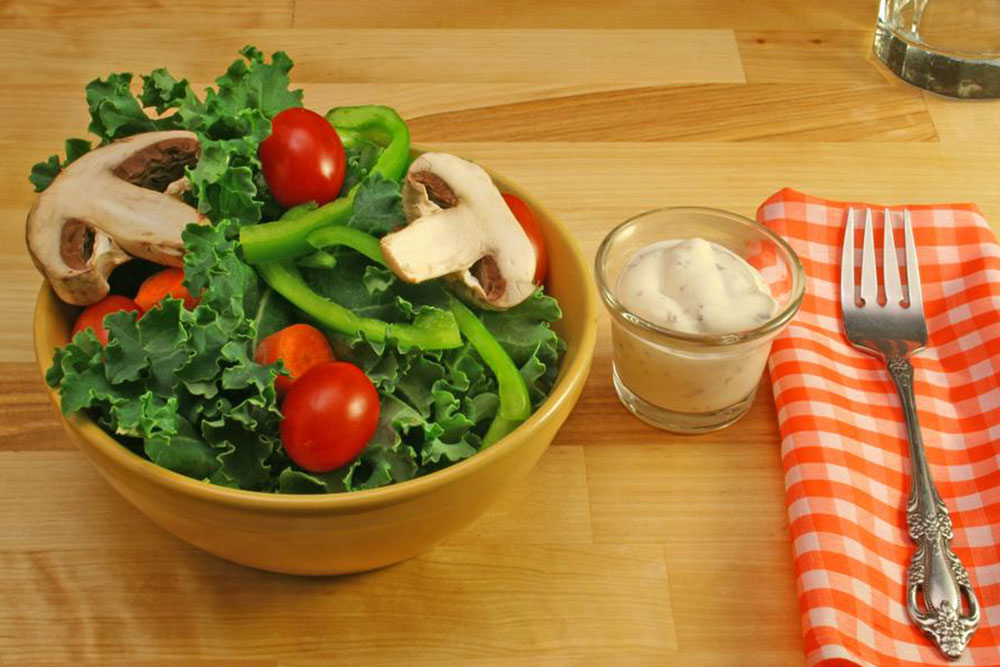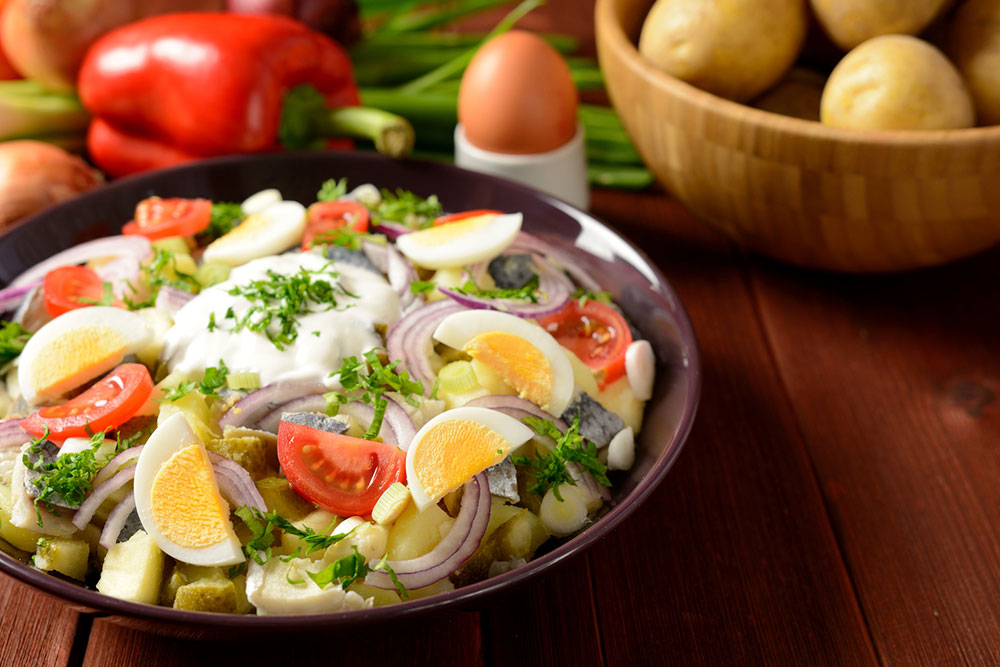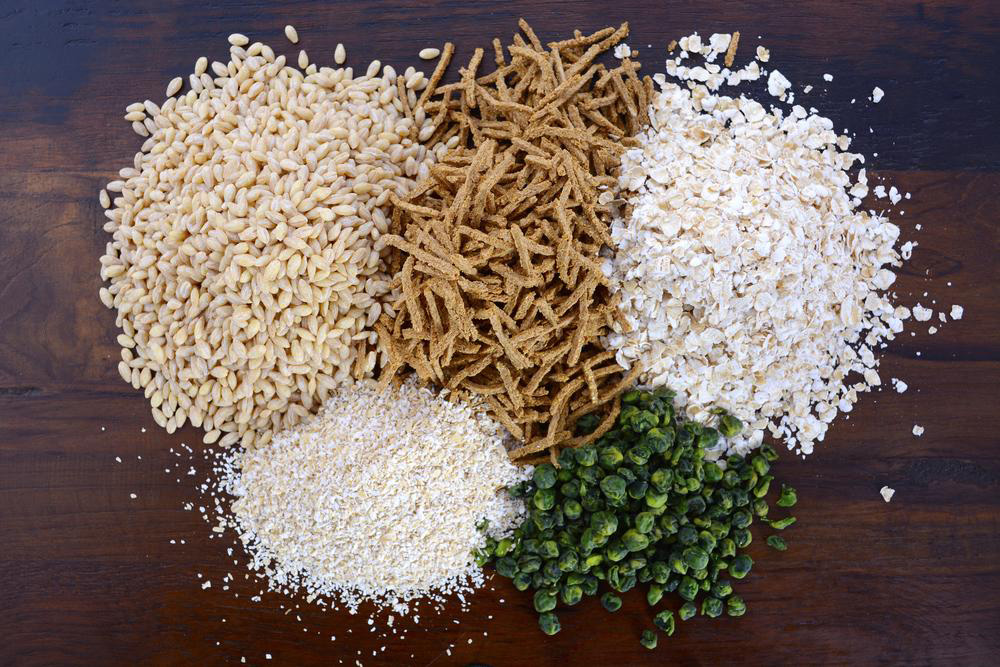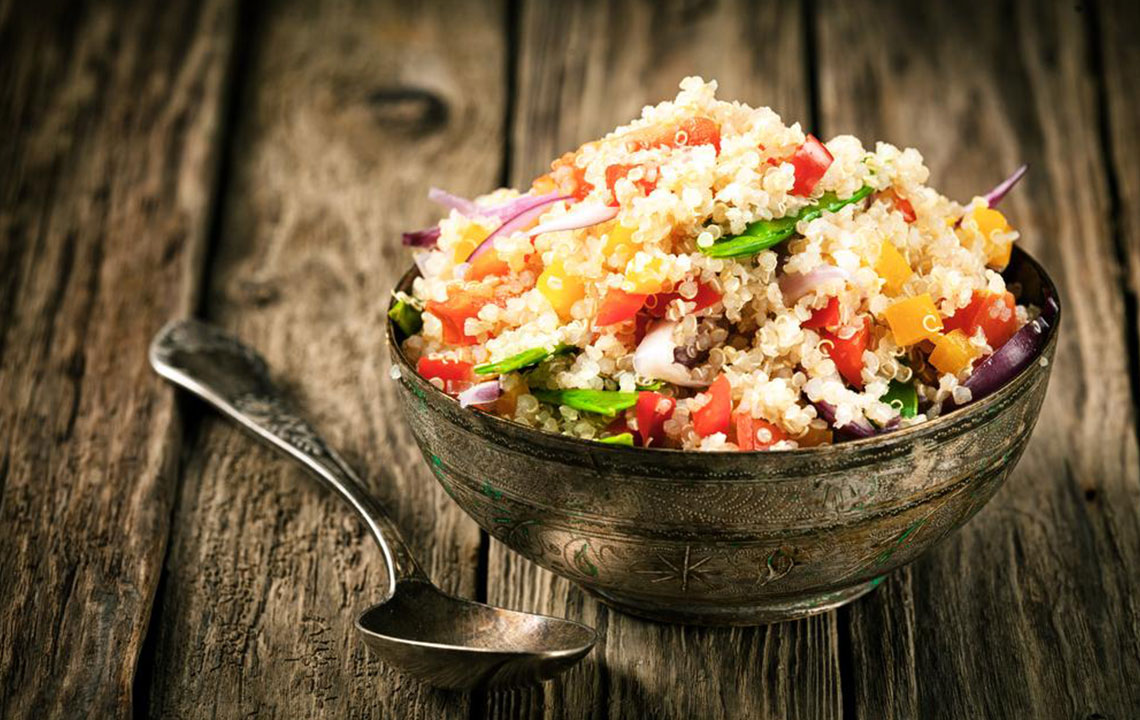Comprehensive Guide to Incorporating Nutritious High-Fiber Foods into Your Daily Diet for Better Health
This comprehensive guide emphasizes the importance of adding high-fiber foods into your daily diet to promote better health. It explains the different types of dietary fiber, their benefits, and provides practical meal plans for breakfast, lunch, dinner, and snacks. Incorporating fiber-rich foods can help manage weight, improve digestion, lower cholesterol, and reduce the risk of chronic diseases such as heart disease and diabetes. Start integrating these nutritious options today and take a significant step toward a healthier lifestyle with sustainable dietary habits.

Comprehensive Guide to Incorporating Nutritious High-Fiber Foods into Your Daily Diet for Better Health
In our modern society, people are increasingly leading sedentary lifestyles, often consuming processed foods that lack essential nutrients. This shift in dietary habits has contributed to a surge in health issues related to diet, including cardiovascular diseases, stroke, obesity, and type 2 diabetes. To combat these health risks, integrating high-fiber foods into your daily meals offers a natural, effective approach to improving overall health. Embracing a high-fiber diet not only aids in weight management but also enhances digestive health, lowers bad cholesterol levels, and reduces the risk of chronic illnesses.
Adopting such a diet begins with understanding the different types of dietary fiber and how they benefit your body. By doing so, you can make informed choices that align with your health goals. This comprehensive guide provides practical tips and meal plan ideas to help you seamlessly incorporate fiber-rich foods into your everyday routine for sustained health benefits.
Understanding Dietary Fiber: Soluble and Insoluble
Dietary fiber is a crucial component of a balanced diet, available in two primary forms: soluble and insoluble. Both types contribute uniquely to your health, and a balanced intake of both ensures maximal benefits.
Soluble Fiber
Soluble fiber dissolves in water, forming a gel-like substance that helps regulate blood sugar levels and lower LDL cholesterol. Foods high in soluble fiber include oats, barley, nuts, seeds, beans, lentils, and certain fruits like apples, pears, and citrus fruits. Consuming ample soluble fiber can assist in stabilizing blood glucose and reduce the risk of heart disease by lowering cholesterol levels. Additionally, soluble fiber supports gut health by feeding beneficial gut bacteria, which enhances digestion and immunity.
Insoluble Fiber
Insoluble fiber does not dissolve in water. Instead, it adds bulk to the stool, promoting regular bowel movements and preventing constipation. Common sources include whole grains, wheat bran, vegetables like carrots and zucchini, and the skins of fruits such as apples and potatoes. Increasing insoluble fiber intake boosts digestive efficiency, helps prevent hemorrhoids and fissures, and may lower the risk of colorectal cancer. Both fiber types work synergistically to support overall digestive wellness and prevent lifestyle-related diseases.
Developing a Step-by-Step High-Fiber Meal Plan
Transitioning to a high-fiber diet doesn’t have to be abrupt or overwhelming. Implementing gradual changes ensures your digestive system adapts comfortably while establishing sustainable eating habits. Below is a detailed meal plan demonstrating how to incorporate high-fiber foods across different meals of the day.
Breakfast Ideas
Start your morning with a bowl of hearty oatmeal topped with chia seeds and fresh fruits like mango, banana, or kiwi. These options are rich in soluble fiber and add natural sweetness and vitamins. For those busy mornings, blend a nutritious smoothie using beets, pears, almonds, hemp seeds, and water — blending until smooth. To keep the drink refreshing, especially during hot weather, add crushed ice. This fiber-rich breakfast provides sustained energy and keeps you full longer.
Lunch Recommendations
Replace refined white bread with whole-wheat bread loaded with lean proteins such as turkey or chicken slices. Add fresh vegetables like tomatoes, cucumbers, and beets for added fiber and flavor. To make your meal more filling, sprinkle a little cheese on top. Lentils are another excellent high-fiber choice; cook them with caramelized onions, garlic, diced potatoes, and colorful bell peppers, then garnish with fresh cilantro for a delicious, nutritious dish.
Dinner Suggestions
Opt for vegetable-heavy dishes such as broccoli-based soups, which include cannellini beans, cheese, and vegetable broth for added flavor and fiber content. Preparing a kale and carrot salad dressed with tahini and lemon juice offers a refreshing and fiber-packed option. These meals support digestion and help maintain stable blood sugar levels overnight.
Healthy Snack Options
Fruits like apples, pears, bananas, berries, oranges, and mangoes are convenient, portable sources of dietary fiber that curb hunger between meals. Enhance these snacks by adding nuts, flax seeds, soy milk, or hummus for additional nutrients and flavor. Including high-fiber snacks in your daily routine ensures you remain energized and satisfied until your next meal, making it easier to stay committed to your health goals.
Incorporating high-fiber foods into your diet is simple and effective. Start small, gradually increase your intake, and choose diverse sources of dietary fiber to enjoy a variety of flavors and nutrients. Over time, these dietary habits can lead to significant health improvements, reducing the risk of chronic diseases and promoting overall well-being. Make fiber a staple in your meals today and enjoy the multitude of health benefits it offers.





